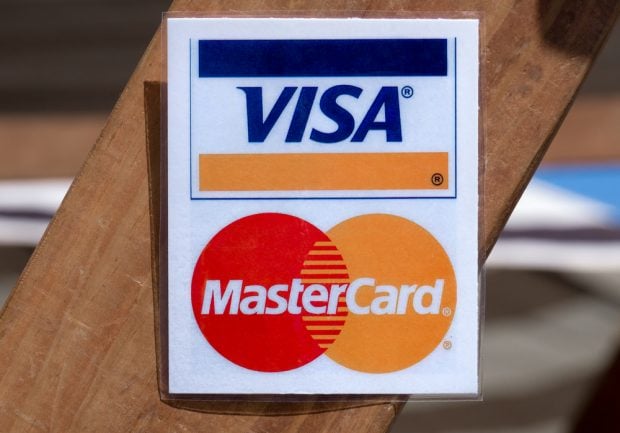 Early stage adoption of EMV technology in the U.S. is being planned in phases between now and 2017 with a significant part of the migration starting in 2015. For credit unions, the best strategy at this juncture is to be fully aware of the plusses and minuses of EMV technology and be ready when management – and the market – are ready.
Early stage adoption of EMV technology in the U.S. is being planned in phases between now and 2017 with a significant part of the migration starting in 2015. For credit unions, the best strategy at this juncture is to be fully aware of the plusses and minuses of EMV technology and be ready when management – and the market – are ready.
The time to begin formulating an EMV launch plan is now and we believe the best place to start is on the credit side of the EMV standard. That's because the uncertainty swirling around EMV deployment on debit cards does not extend to credit due to several factors. For those credit unions with credit portfolios, starting the EMV migration with credit cards is the prudent way to embark.
One of the main reasons credit makes more sense is because of critical issues associated with the Durbin Amendment and looming questions about how it will impact EMV debit card transactions going forward. Although EMV applications are debit/credit agnostic, regulations and network implications that affect debit are not.
Complete your profile to continue reading and get FREE access to CUTimes.com, part of your ALM digital membership.
Your access to unlimited CUTimes.com content isn’t changing.
Once you are an ALM digital member, you’ll receive:
- Critical CUTimes.com information including comprehensive product and service provider listings via the Marketplace Directory, CU Careers, resources from industry leaders, webcasts, and breaking news, analysis and more with our informative Newsletters.
- Exclusive discounts on ALM and CU Times events.
- Access to other award-winning ALM websites including Law.com and GlobeSt.com.
Already have an account? Sign In
© 2024 ALM Global, LLC, All Rights Reserved. Request academic re-use from www.copyright.com. All other uses, submit a request to [email protected]. For more information visit Asset & Logo Licensing.









